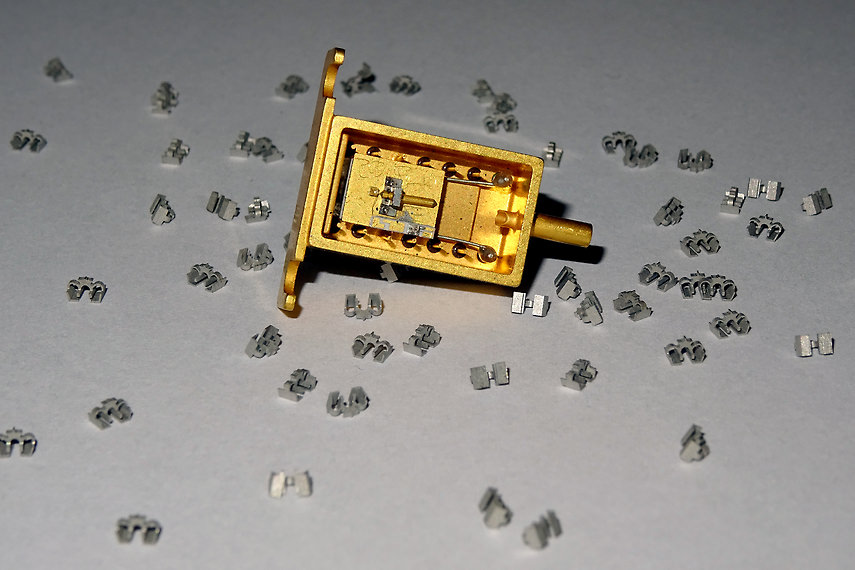A tiny component with huge significance.
Today’s internet relies on the long-range fibre optic technology that transmits vast quantities of data over thousands of miles.
In 1995, The Engineering Quest was asked to manufacture a tiny component that would help make this possible. Dense wavelength division multiplexing (DWDM) splits wavelengths of light so that 2000 channels of data can be carried on a single optical fibre at the same time. But the light can only travel a limited distance –20 to 30 km – until it is depleted.
Early types of repeater were too bulky to use under the sea, so to solve the problem, Southampton University developed an erbium-doped fibre amplifier using 960-nanometre lasers to amplify the signal.
We used value stream mapping to identify productive and non-productive time, movement, actions, and operations.
Working for Nortel – a leading Canadian firm at the time – The Engineering Quest undertook a two-year development programme, establishing a robust supply chain, and making important contributions to the design – including the addition of heat treatment to provide thermal stability.
We also made a significant investment in specialist machinery, including high-speed optical co-ordinate measurement equipment that still provides a valuable contribution to our quality standards.
Looking much like a tiny 'space invader', the saddle was micro-machined to an accuracy of +/- 2.5 microns.
The component needed to be manufactured in high volumes to a commercially-viable price. We achieved this using value stream mapping to identify productive and non-productive time, movement, actions, and operations.
With up to 2,500 saddles needed each week, we needed to scale up to manufacture in quantity and to produce a component that could itself be used in an automated manufacturing system. As well as training up staff, we had to organise the workforce to cover a 156-hour week, and re-organise the factory to accommodate the volume of work.
We eventually manufactured the components for around seven years. The skills we gained helped us develop our capacities in micro-machining, and eventually led to our market-leading role in making ophthalmic instruments.

